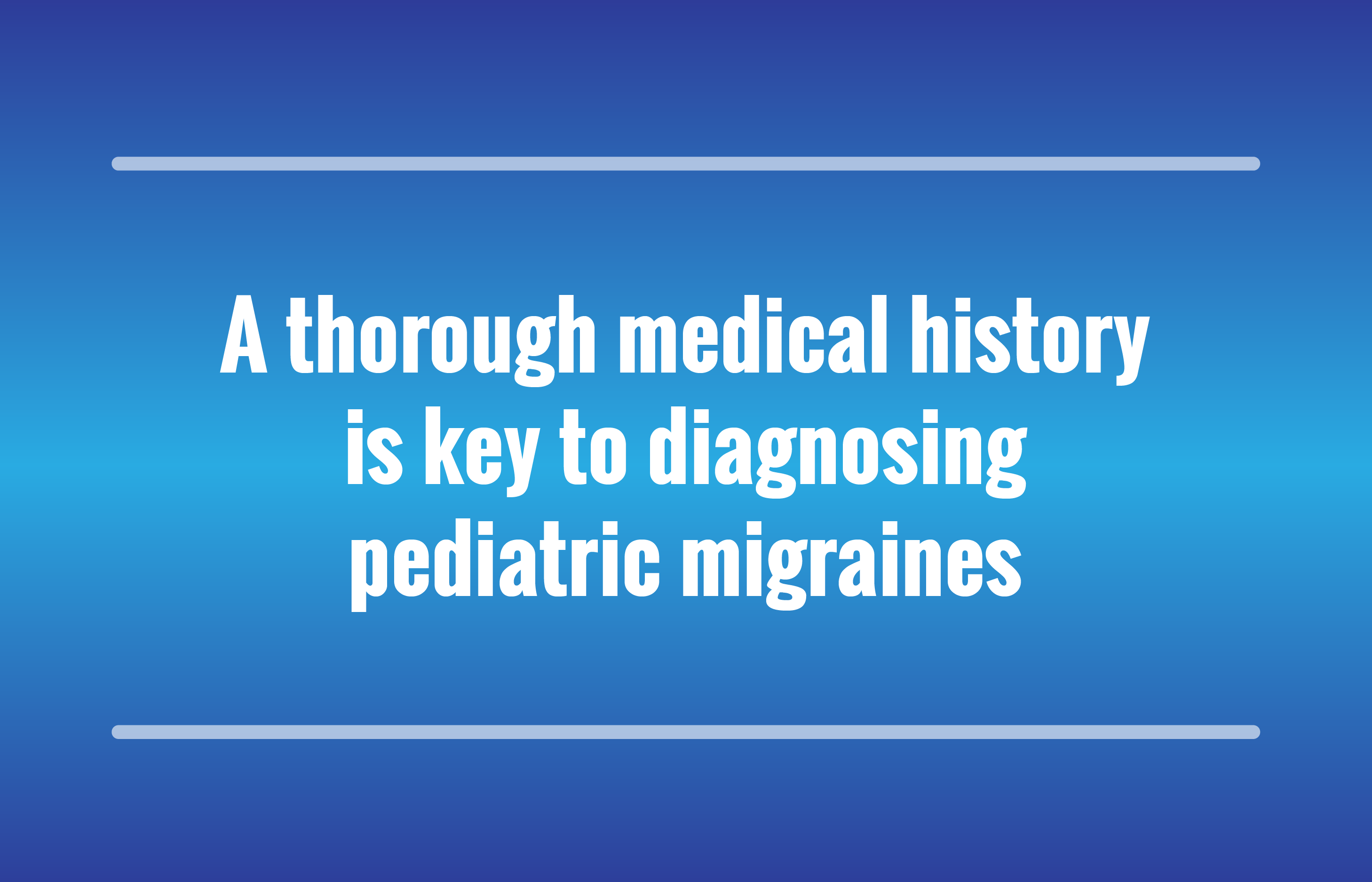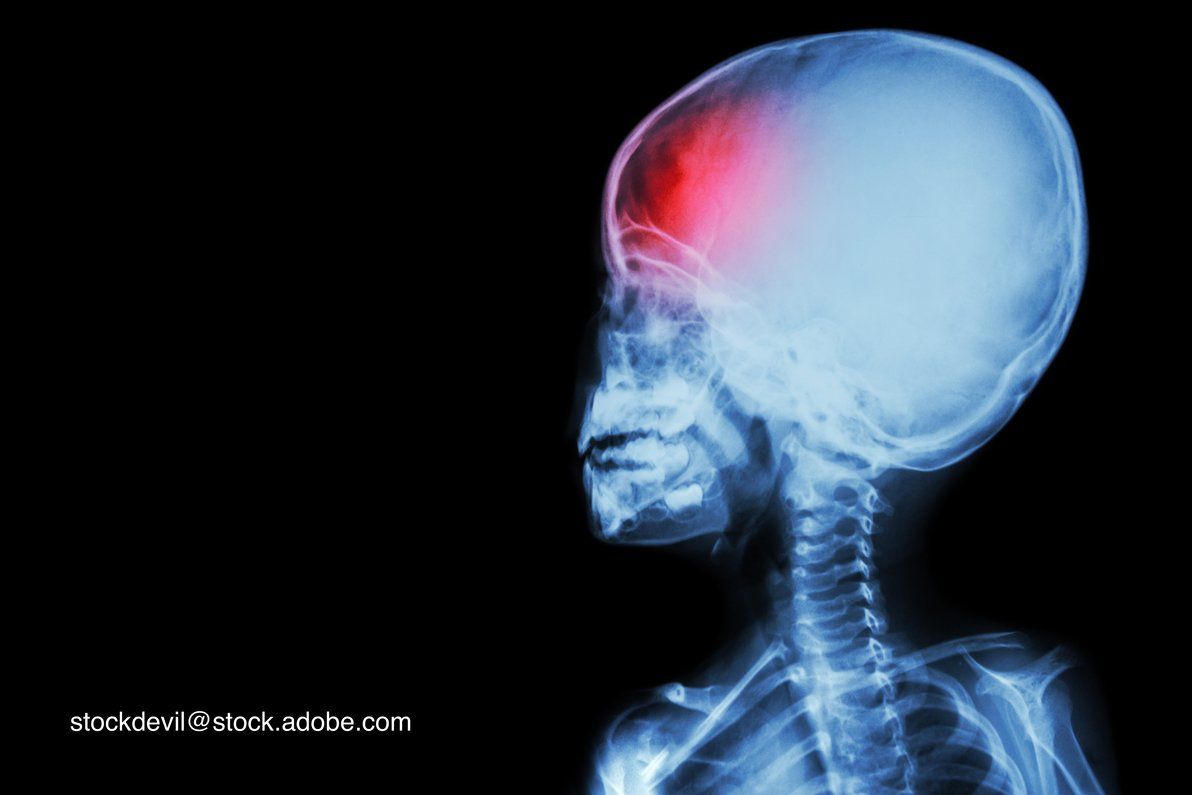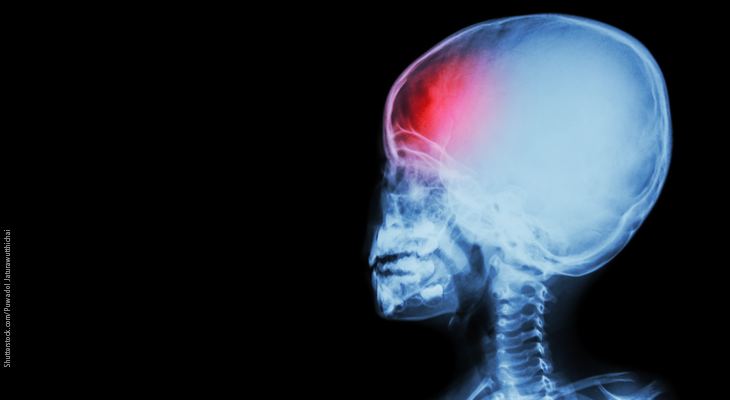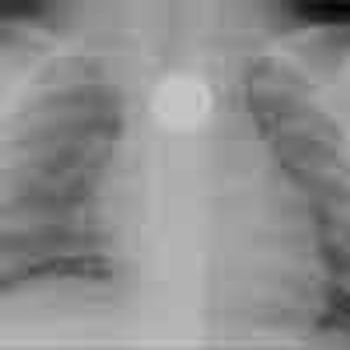
Steven, a 13-year-old boy, experienced his first headache at age 7 years. The frequency, intensity, and duration of his headaches have been increasing over the past 6 months. Steven now experiences 7 to 10 headaches each month that last up to 8 hours. The headaches are associated with mild nausea, light and sound sensitivity, dizziness, fatigue, occasional abdominal discomfort, and difficulty in concentrating. Last year, he had a vomiting episode because of a headache. The pain is usually more prominent in the forehead and does not favor either side of the head. The headaches usually begin in the morning before he leaves for school. As a result, Steven has missed nearly 25% of his school days this semester; his parents are considering home tutoring for "sick children who are unable to attend school."








